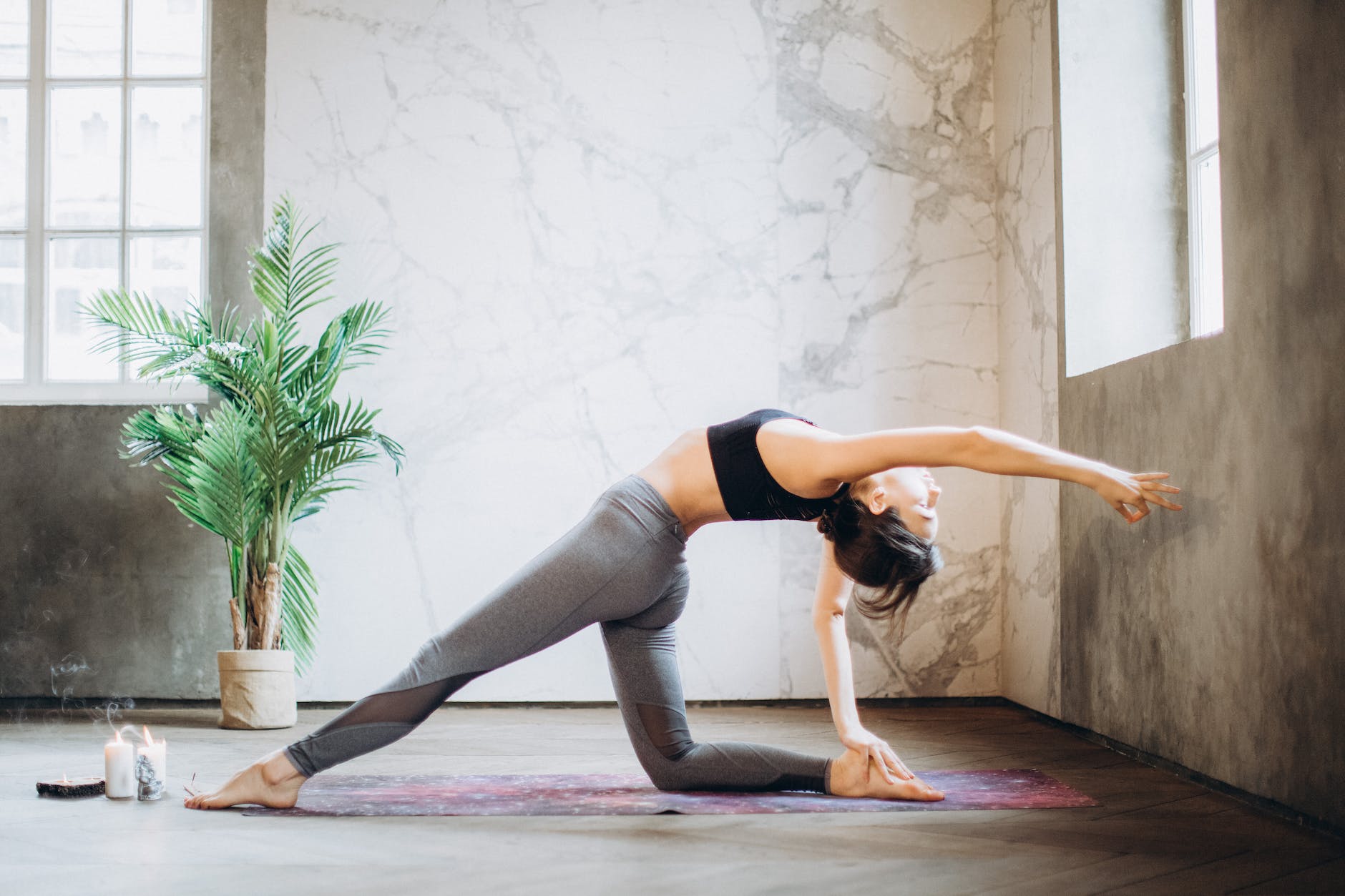In a world that incessantly demands more, dancers often find themselves mentally and physically fatigued, leading to a depletion of passion over time. However, this need not be the norm. By cultivating awareness and intentionality regarding self-care, body management and industry dynamics, dancers can pave their path to sustainable success.
As we start to define our 2024 goals and embark on a new school year, it is useful to reflect on the lessons and breakthroughs experienced in the preceding year. Crafting a strategy for the new year with mindful intentions will result in meaningful progress. Consider the following questions to guide your reflective process:
Energy review: Were you fatigued by the close of the year?
Goal evaluation: What goals did you successfully achieve?
Learning from setbacks: What were the valuable lessons derived from failures and setbacks?
Goal authenticity: Were your goals influenced by external comparisons, or were they genuinely aligned with your core values?
Mentorship and accountability: Did you enlist the guidance of a mentor to establish milestones and maintain accountability?
Exploration of skills: Did you allow room for exploration and the acquisition of new skills that could contribute to your progress?
The art of training with intentionality involves infusing purpose, mindfulness and a profound understanding of one’s goals. Distinguished dancers like Misty Copeland from the American Ballet Theatre have adopted mindful practices to sustain their careers by refining how they train. In her Masterclass, she demonstrates this approach which focuses on correct execution to avoid unnecessary over-exertion. Another advocate for changing the narrative of how dancers approach training is Steven McRae from The Royal Ballet. His passion for driving change for the next generation exemplifies the transformative power of learning to avoid career-threatening injuries and being more mindful of burnout. As a Podium Ambassador, you can hear him speak more about this here.
As we step back into the studio in 2024, incorporating intentionality into your training can significantly enhance effectiveness, helping you as a dancer achieve your goals. Here are key principles to consider:
#1. Define your goals.
-Articulate your goals for the year, whether they pertain to strength, endurance, flexibility, technique, exams, competitions or overall well-being.
-Deconstruct overarching objectives into manageable milestones.
#2. Create a plan.
-Where possible, with your mentor, develop a meticulously structured plan. This should align with your goals to sustain you and resonate with your values.
-Tailor your plan to your current skill level, consider any physical constraints, and allocate time thoughtfully.
-Identify practices that enhance joy and energy while avoiding those that deplete them.
#3. Mindful movement
-Prioritise the quality of movements over quantitative measures, emphasising precision and correct technique. For example, if you are a ballet dancer, Progressive Ballet Technique is immensely beneficial for this.
-Consciously assess aspects of how you execute movements and how you can modify these more intelligently.
-Pay attention to bodily signals to adjust exercises and prevent injuries.
#4. Conscious breathing
-Integrate mindful breathing techniques into dance routines to enhance concentration and alleviate stress.
-Coordinate breath with movements to allow oxygen to flow through your body. This assists with your cardio levels, muscle suppleness and cognitive concentration.
#5. Progressive overload
-Gradually intensify training and be kind to yourself. Don’t expect 100 percent as soon as you get back to the studio. The goal is a regulated nervous system that leads to enjoyment.
-Track and celebrate incremental progress across endurance, flexibility, technique, competitions, performances or exams.
#6. Nutritional awareness
-Nourish your body with nutrients tailored to your blood type, physique and training demands.
-Mindfully manage pre- and post-workout nutrition to optimize performance.
#7. Rest and recovery
-Prioritize ample rest and recovery to facilitate adaptation and strength gains.
-Incorporate designated rest days and prioritize sufficient sleep to restore brain plasticity and muscle recovery time.
-Gentle stretches and relaxing walks in nature help balance out training demands.
#8. Mind-body connection
-Cultivate a robust mind-body connection by remaining present during your training and respecting your body’s daily energy fluctuations.
-Flow with these peaks and troughs, and maintain sustainable energy levels to avoid burnout.
-Employ visualization or meditation techniques to enhance focus and motivation.
#9. Continuous education
-Seek to understand the rationale behind each dance step and instruction, continually educating yourself on various training methods and scientific principles.
-Embrace new activities that align with evolving interests and goals. This makes for a more evolved artist.
#10. Listening to your body
-Be attuned to your body’s responses to training, making adjustments to prevent overexertion and injury.
-Discern between discomfort and pain, avoid undue strain, and speak up to protect your body.
Approaching dance training with intentionality not only customizes your journey but also enhances sustainability and enjoyment. By consistently aligning actions with goals, you as a dancer will achieve your goals and cultivate a positive and mindful relationship with your art form.
By Renata Ogayar of Dance Informa.















